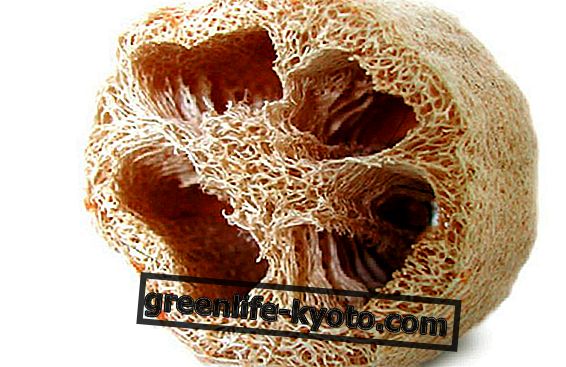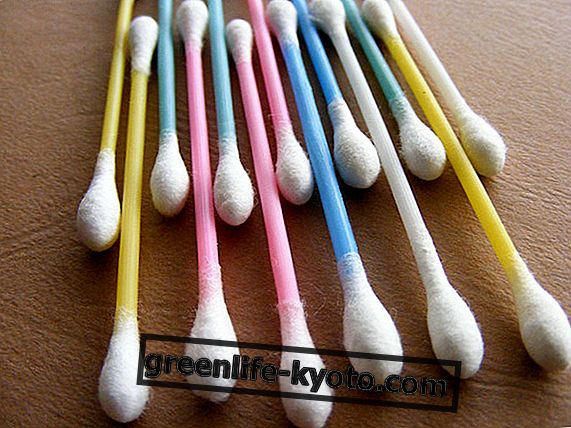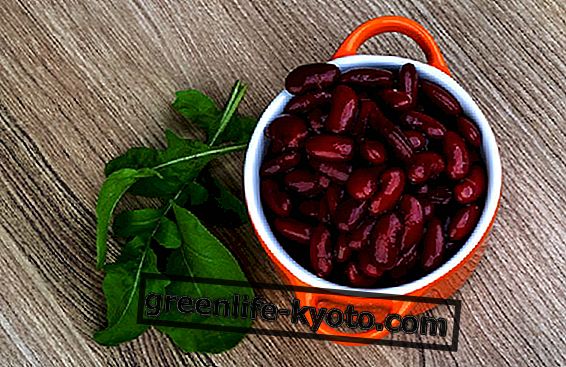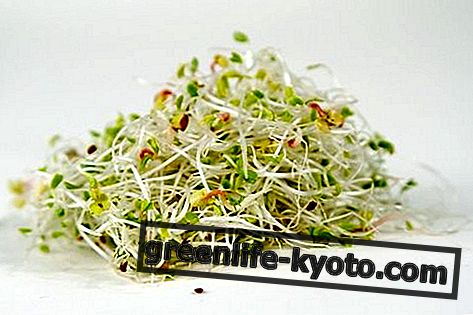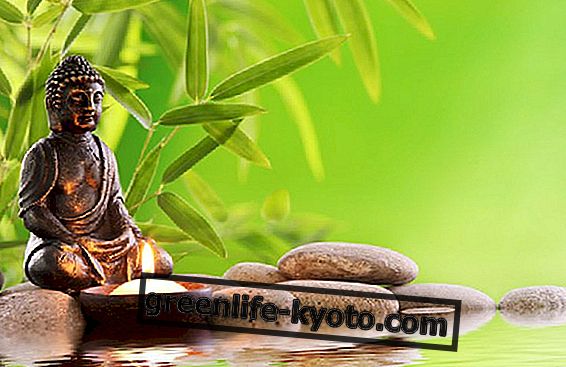
Hawthorn is a shrub of the Rosaceae family, very common in the wild species even in Italian woods.
Its use as a natural remedy dates back to folk medicine : its wide availability makes it suitable for personal use in the form of decoctions and herbal teas.
Hawthorn has always cared for the heart and its alterations .
The synergistic presence of various active ingredients has made hawthorn the plant par excellence for the care of the heart and its functions.
The properties of the hawthorn are varied, all of which are dependent on the cardiovascular system:
> Cardiac surgery: it counteracts tachycardia and cardiac arrhythmias;
> It acts on the cardiac tropism : it means that it allows the heart, which is a muscle, to remain tonic and to function at its best, alternating systole and diastole at an optimal rhythm;
> Coronodilatrix action : this allows to lighten the work of the heart, making more blood flow to the muscle and to the whole body;
> A ntispasmodic : relaxes the fibers of the smooth muscles of the internal organs, including the heart. This allows you to relax in case of sudden or persistent spasms;
Hawthorn, therefore, is indicated for the well-being of the heart when the following situations arise:
> Heart rhythm altered : extrasystole, that is when the heart alternates contractions and release at an abnormal rhythm, anticipating the contraction and the consequent succession of beats; tachycardia, when the heart accelerates its beats abnormally and without real physical effort; arrhythmias in general, that is irregular and accelerated beat rate;
> pains in the chest and sternum area, in correspondence of the heart: the pain in this area can be a symptom of more or less serious pathologies depending on the frequency and the condition of personal health; but sometimes it can happen that you experience pain, generally due to a contraction of the cardiac and neighboring muscles, due to stress, shock, tension;
> in the case of angina pectoris : like the precoldial pains (the pain in the chest and sternum area mentioned above) angina pectoris also manifests itself with pain in the heart area, with branching towards the left upper limb. Unlike precoldialgia the pain due to angina pectoris is sudden and less persistent, and while the former indicates a muscular tension, the latter is characterized instead by a reduced flow of blood and oxygen to the heart. Angina pectoris is a painful symptom that can indicate a momentary heart pain or something more serious;
> in the event of cardiac changes due to senescence : in elderly subjects the heart may lose its tone and therefore alter its proper functioning; a reduced elasticity of the vessels can also occur with age, with consequent repercussions on the heart;
> when the arterial pressure is beyond normal : the hawthorn helps to rebalance the rhythm, but it is a temporary remedy, since to resolve hypertension a broader and more transverse action on the causes that caused it is necessary.
The hawthorn on the market is found in the form of dried leaves and flowers to prepare herbal teas and infusions, or as a mother tincture, and finally also as a dry extract in the form of capsules.
The use of hawthorn in all its forms is not recommended in case of brachycardia, asthenia, and in cases in which we are already taking drugs that act on blood pressure, such as beta-blockers. It is to be avoided during pregnancy and during breastfeeding .
